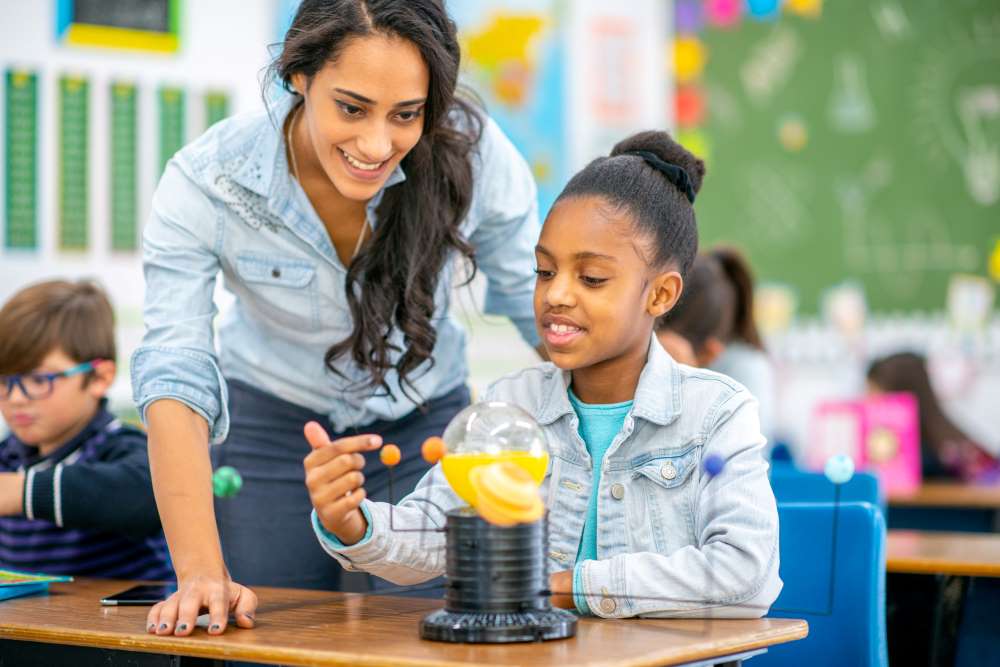
Why do some students ace their exams but struggle to apply what they've learned in real life? That's one question proficiency-based teaching aims to answer—and solve.
Unlike traditional grading systems that often emphasize memorization, proficiency-based teaching focuses on mastering specific skills and knowledge. It's not just about getting an 'A'; it's about understanding the “why” and the “how.” This method, used by schools like Delphian, challenges students to not only know the material but also to apply it in diverse contexts, ensuring that learning is both deep and durable.
This educational approach pivots from the norm, where a single letter or percentage tries to encapsulate a student's understanding. Proficiency-based teaching digs deeper, setting clear, achievable objectives that students must meet to advance. The beauty of this system lies in its adaptability and focus on individual growth, preparing learners not just for the next test, but for life. It acknowledges that learning is a lifelong journey, and it emphasizes progress and understanding over just performance.
The Shift in Perspective: Proficiency vs. Grades
As the traditional grading system often masks gaps in understanding, a shift toward proficiency offers a clearer picture. Why settle for a superficial measure when you can ensure genuine competence? This reimagined classroom environment fosters a culture of learning where mistakes are viewed more as opportunities for growth and less as failures.
Proficiency-based teaching exposes and addresses the limitations of traditional grading, providing a roadmap to mastery rather than a mere snapshot of performance. This method champions the acquisition of real-world skills and promotes lifelong learning, traits that are indispensable in today's ever-evolving landscape. It instills in learners the confidence to tackle challenges head-on, knowing their growth is measured by their ability to overcome obstacles and learn from them.
Implementing Proficiency-Based Learning in Schools
Transitioning to proficiency-based learning is no small feat. It requires a rethinking of curriculum, assessment methods, and teacher training. But the hurdles are not insurmountable. With thoughtful planning and the integration of technology, schools can create environments where students thrive under this new paradigm. This shift also requires a cultural change within the school community, embracing a collective mindset focused on mastery and growth over percentages.
Teachers, the linchpins of this transition, require support and resources to adapt their methodologies. Used properly, technology serves as a critical ally, providing platforms that track progress, personalize learning experiences, and facilitate feedback. Embracing this change means developing a support network where educators are free to share insights, strategies, and successes.
Impact on Students and Learning Outcomes
The shift to proficiency-based learning marks a huge departure from one-size-fits-all education. Students are no longer passive recipients of information; they're active participants in their learning journeys. This approach personalizes education, catering to individual strengths and addressing weaknesses head-on. It also empowers students to take ownership of their learning, setting goals and reflecting on their progress.
Success stories abound, from small rural schools to bustling urban districts, illustrating the transformative potential of proficiency-based learning. Students equipped with a deeper understanding and applicable skills are better prepared for the complexities of the future, capable of adapting to unforeseen challenges.
Their success extends beyond academic achievements, building critical thinkers and problem solvers who are prepared to navigate the demands of the modern world with agility and confidence.
The Future of Education: Proficiency-Based Teaching and Beyond
Done properly, proficiency-based teaching can be a beacon for what education can become. It's a movement away from rote learning and toward genuine understanding, a shift that aligns with the needs of modern learners and the demands of the 21st century. This evolving paradigm also promises a more equitable educational landscape, where every student has the opportunity to succeed based on their mastery and understanding.
Educators, students, and technology are the trifecta driving this change. Together, they're dismantling outdated paradigms and constructing a new vision for education, one where proficiency paves the way to endless possibilities.
The journey is just beginning, but the destination promises a landscape where learners are not only tested but truly transformed. By embracing proficiency-based teaching, we're not just changing the way students are assessed; we're redefining the very essence of learning, setting the stage for a future where education is a lifelong adventure, not a series of hurdles to clear.



























